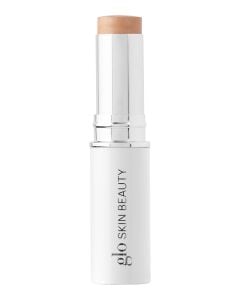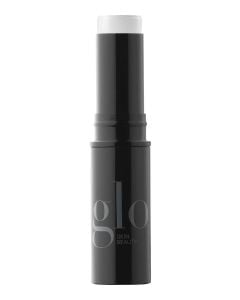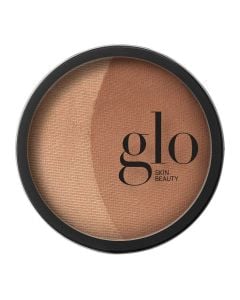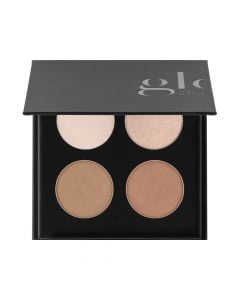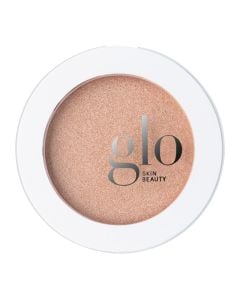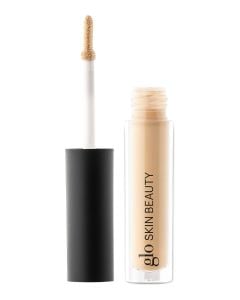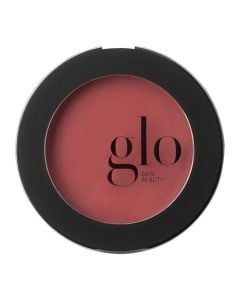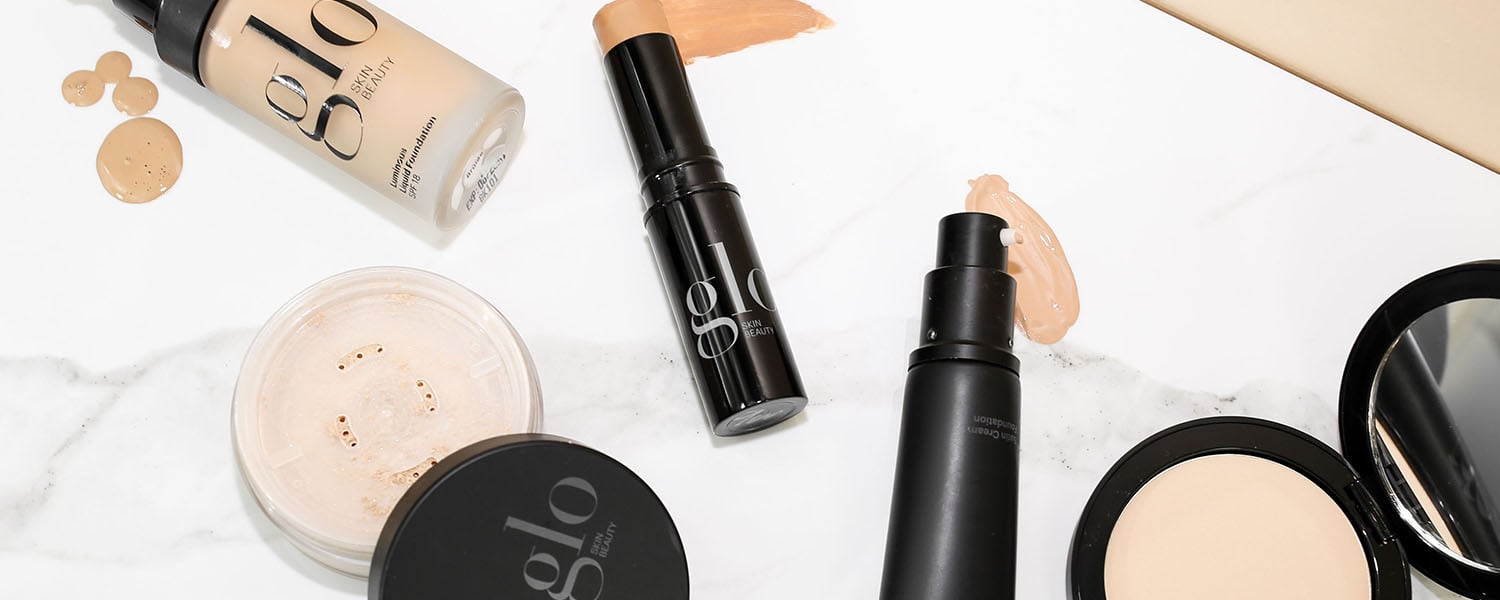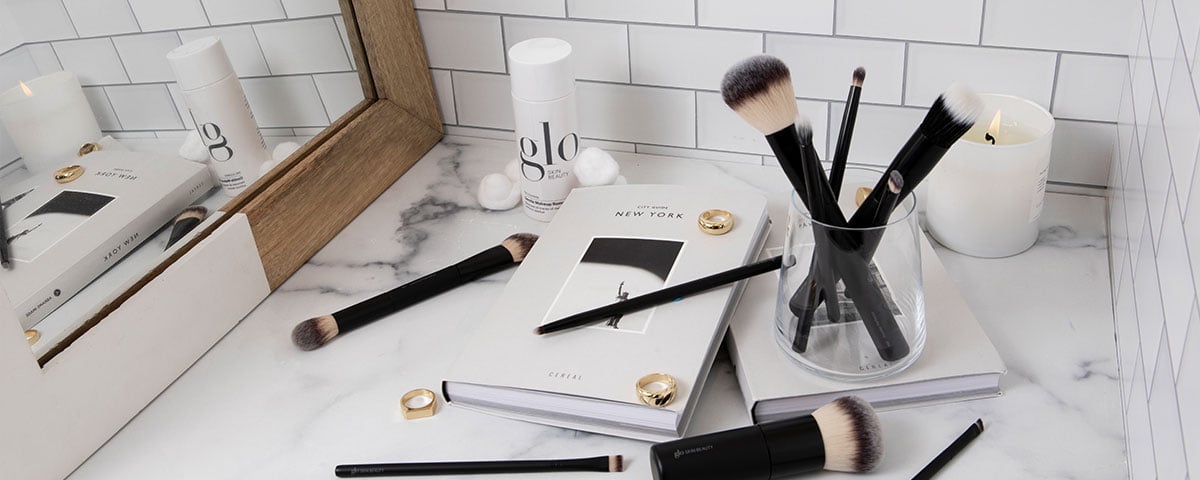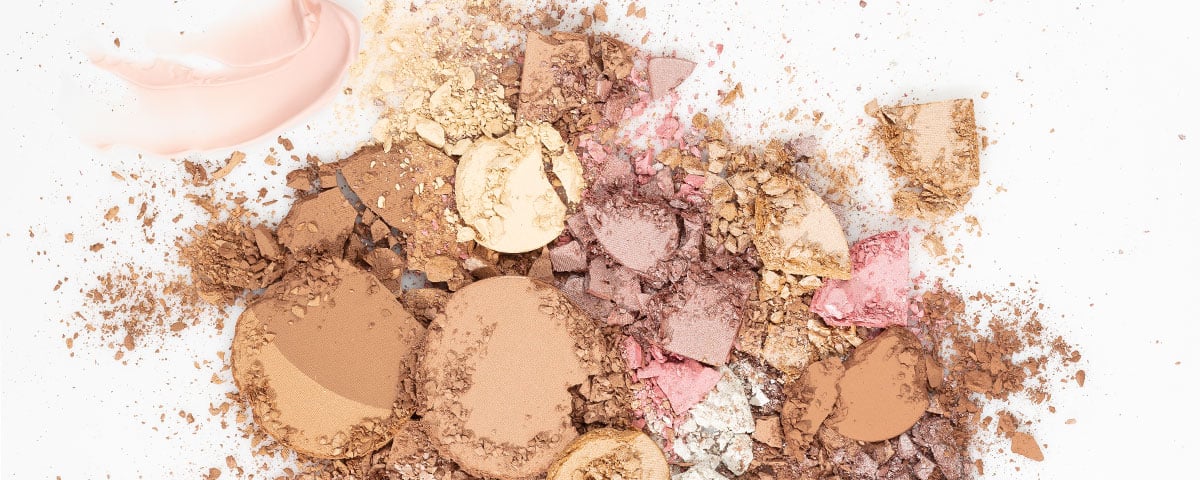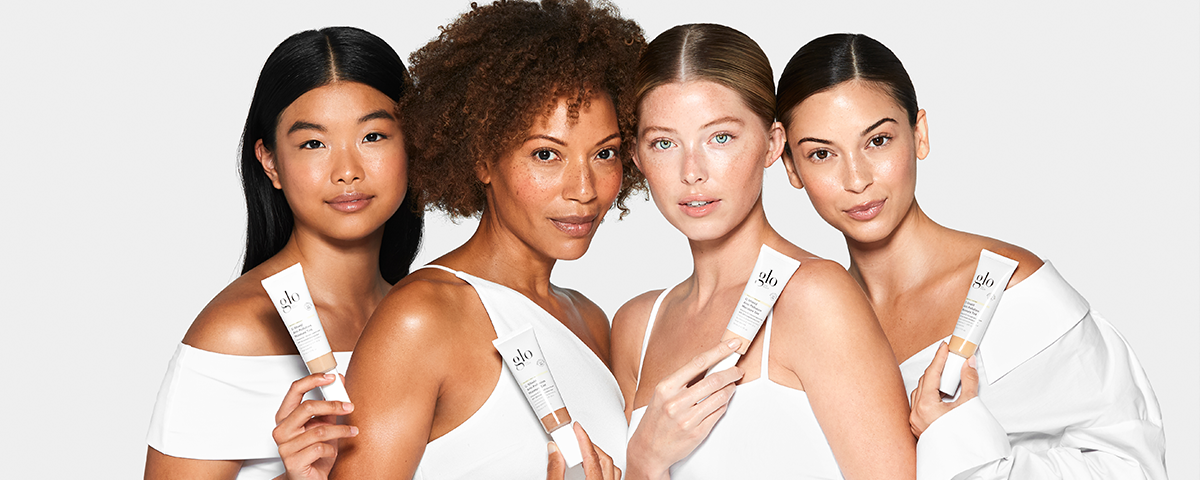- Featured
- Ingredient Spotlight
- Best Sellers
- Skincare
- Makeup
- Professional
- Blog
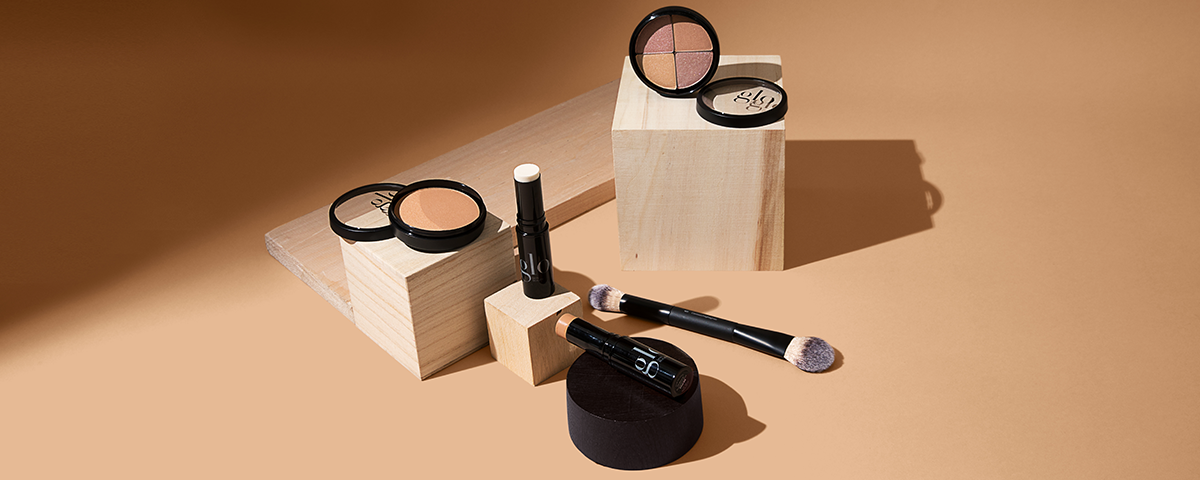
How To Contour Makeup & Highlight for Every Face Shape
Contouring and highlighting trends may have evolved over the years, but the basic principles still apply and are as relevant right now as ever. From soft definition to chiseled cheekbones, how you choose to contour and highlight is going to be down to your personal preferences too. Get the basics down with our guide on how to contour and highlight for your face shape using our mineral makeup collections.
A great way to learn how to contour and highlight like a pro and create a look that's right for you, is by letting your face shape be your guide.
Contour & Highlight Trends
First up, let's define what we mean by contour and highlight. There are new phrases popping up left and right (non-touring, anyone?) so it’s important to speak the lingo. These are the top words in contouring vocabulary:
Contour & Highlight 101
Contouring and highlighting use shade and light to add dimension and definition to the high and low points of the face. Contour areas that you'd like to appear more defined, and then highlight areas you'd like to stand out. Typically contouring takes place on the lower points such as the hairline, jawline, and below the cheekbones, while highlighting sweeps across the higher points such as the brow bone, bridge of the nose, chin, and tops of the cheekbones.
What Is Strobing?
Strobing is all about ultra-highlighted skin and was more popular several years back. You can achieve a shimmering, luminescent highlight using the Contour Kit, Shimmer Brick, Skin Glow Powder Highlighter, or Skin Glow Stick Highlighter.
What Is Non-Touring?
Non-touring is a soft, natural contour and highlight paired with dewy, glowing skin.
And Tan-Touring?
This is one we don't recommend. This risky practice is when you use self-tanner to contour the face. The tan develops and semi-permanently contours the face. The challenge lies in the careful application and selecting the right shade that isn’t too warm. Plus, if you wear foundation daily, you’re likely to cover up your work. Fortunately there are plenty of incredible contouring products so you really don't need to touch the fake tan for anything other than safe tanning.
How To Highlight
Unsure whether to choose a highlighter powder, cream, or highlighting balm? Powder matte highlighters are great for a more subtle highlight and are often preferred by those with oily skin. Contour Kit has both a shimmer highlight and a matte highlight for ultimate versatility.
Cream highlighters seamlessly illuminate the complexion and are generally preferred by those with combination or dry skin types—although if you err on the oily side you can still use cream highlighters too, it's a personal choice. Our Glow Up Highlighter is a deliciously light and modern highlighting balm suitable for all skin types and leaves a sheer, natural looking sheen. For a creamier highlighter, try using Skin Glow Stick Highlighter, for a conditioning glaze in three champagne-hued tones, or for a velvety powder finish, Skin Glow Powder Highlighter will be your go-to. For a more subtle highlighting effect, you can also try using a concealer a few shades lighter than your complexion. We love Luminous Brightening Concealer for this.
How To Contour
Unsure whether to choose a contour powder or cream? Well contour powder is a great everyday contouring option, perfect for beginners. You can contour with both contouring powder or a bronzer. Contouring powders tend to look slightly more natural depending on your skin tone. Bronzer also warms up the complexion.
Similar to cream highlighters, you can use a cream concealer a few shades deeper than your natural skin tone to contour. Test both cool and warm shades until you find the one that’s best for you. You can also contour using a darker blush shade like our Cream Blush in Warmth. If you have the perfect contour shade but it's a powder and you want it to act more like a cream or a balm, add a little Barrier Balm to the back of your hand and mix with your powder.
How To Contour + Highlight By Face Shape
Face shapes, facial features and bone structures vary, and this will determine a customized contour for every person.
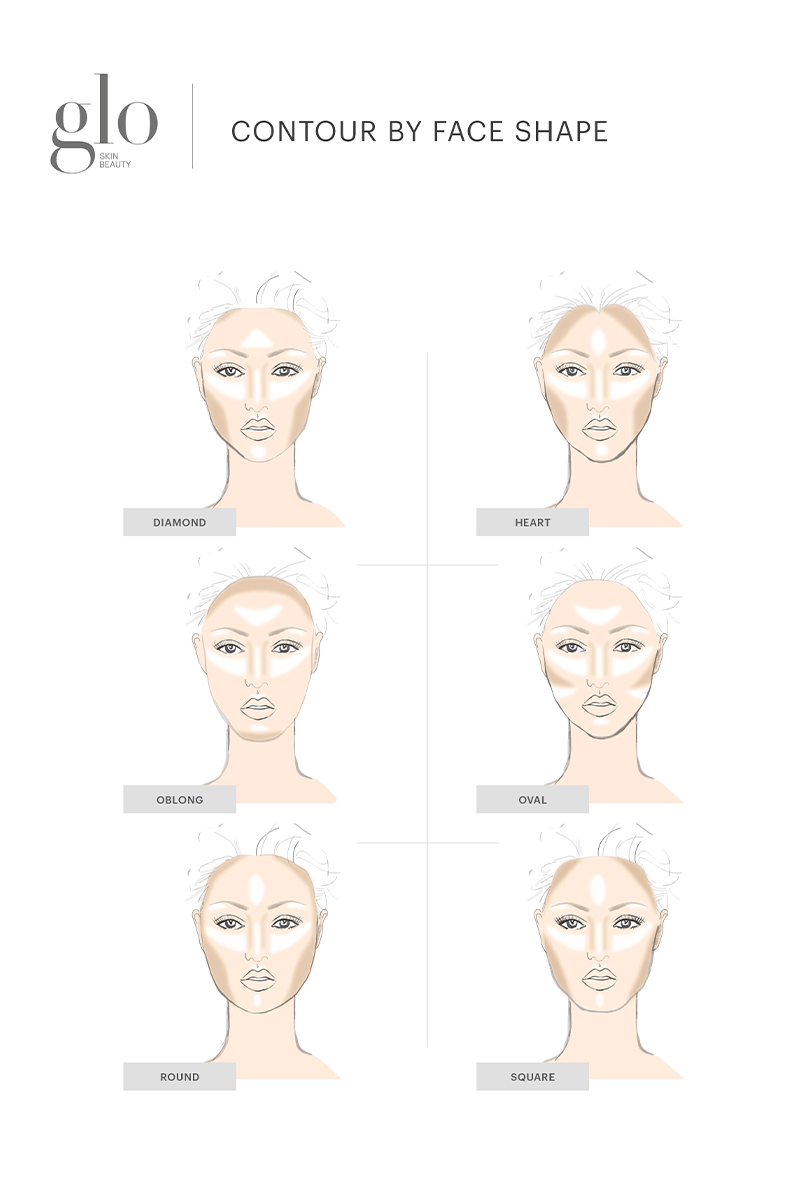
Diamond Face Shape Contour + Highlight
Diamond faces are widest at the temples. Contour the lower half of the cheeks to draw attention to the center of the face and create a slimmer appearance.
Heart Face Shape Contour + Highlight
Heart shaped faces have wide cheeks and forehead with a pointed chin. Deepen the outer edges of the forehead, focusing on the left and right sides instead of the center. Highlight the center of the face, but go light on the forehead.
Oblong Face Shape Contour + Highlight
Oblong faces are longer than they are wide. Instead of contouring the sides of the face, add contour to the top and bottom: the hairline and just below the chin.
Oval Face Shape Contour + Highlight
Oval faces are well balanced. Go light on the contour, focusing just below the cheekbones, and let the highlighter do most of the work. Highlight the center of the forehead, under the eyes and just below your contour.
Round Face Shape Contour + Highlight
Round faces are as long as they are wide, with the cheeks being the widest feature. The goal is to slim your features, so take your contour along the outermost sides of your face from hairline, to temples, to jawline.
Square Face Shape Contour + Highlight
Square faces are just about as long as they are wide and are often angular. Contour like a round face shape, along the outermost sides of the face, but focus on the upper and lower corners of the face to round out a squared off hairline and jawline.
Contour & Highlight Tips for All Face Shapes
Contouring by face shape should only be a guide to creating a flattering look. Try a few different techniques until you find a look you love. Regardless of face shape, there are a few easy tips everyone should follow:
- Locate your cheekbones by sucking in your cheeks. Use the line as a guide for placement. Another option is to roll a brush handle along the side of your face until it dips in just below the cheekbone.
- When contouring the jawline, apply color high and tight, just under the curve of the skin to make the color look like a shadow.
- Apply contour and highlight in natural light. Different light temperatures can be deceiving, so use a lighted makeup mirror or do your makeup next to a window.
- Start light with your application and build the color up. While powder and creams can be forgiving, you'll eventually hit a point of no return.
Ultimately contouring and highlighting is all about personal choice rather than trends. Depending on your mood, the occasion, and the look you're going for, mix and match products and techniques for a look that's truly you.
October 8, 2021

